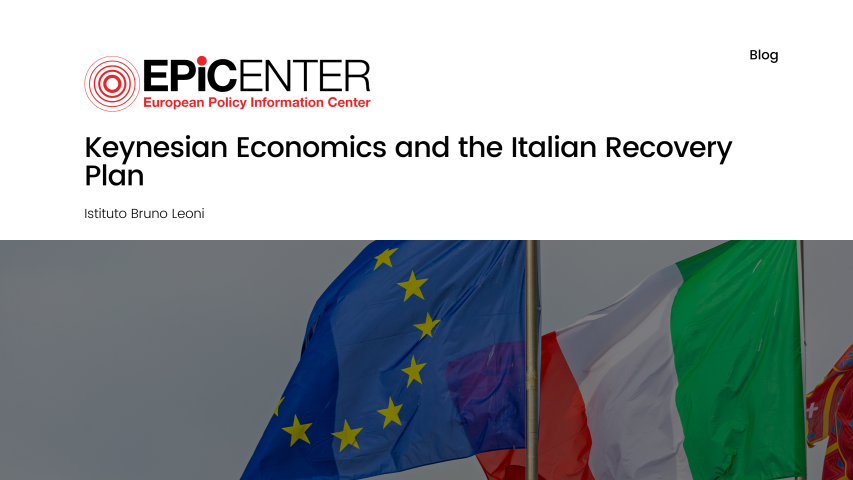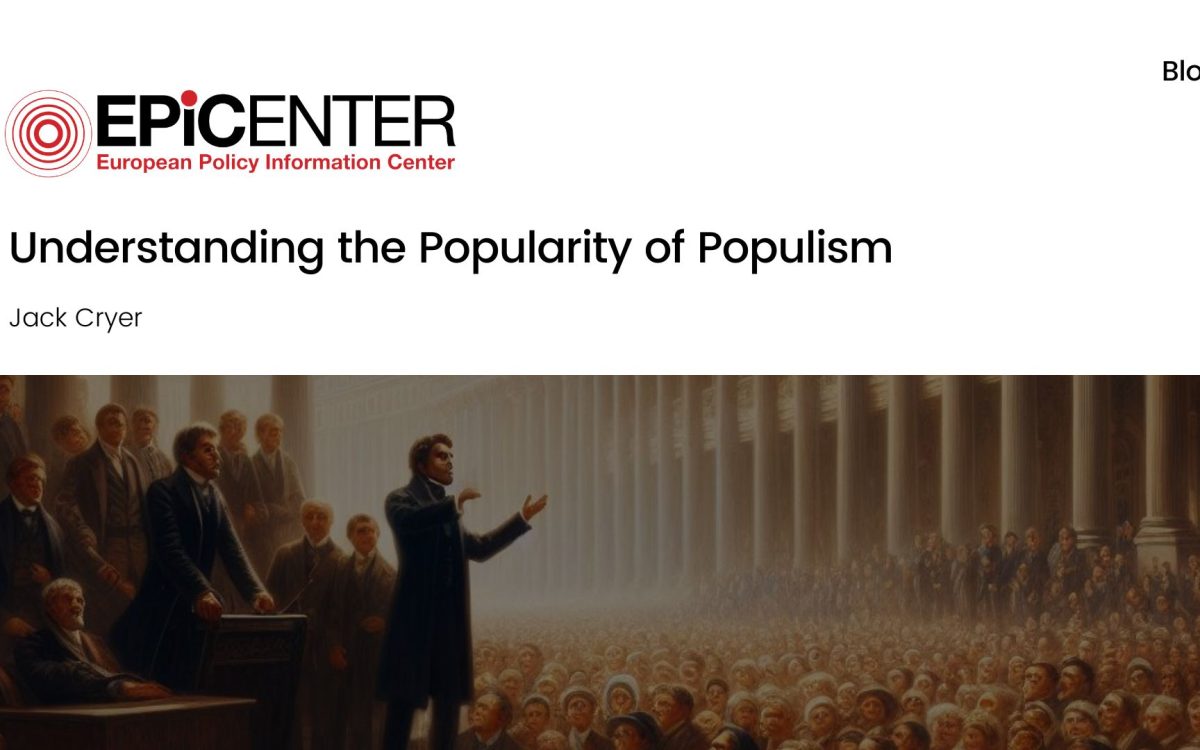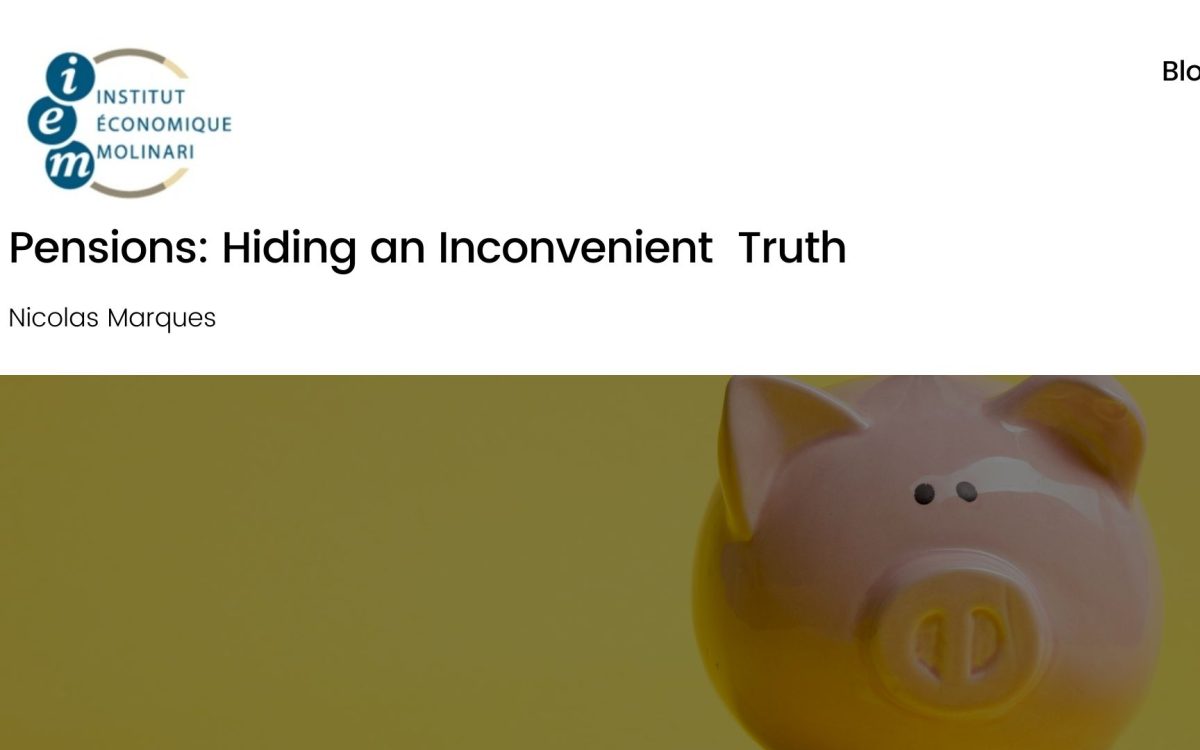Keynesian Economics and the Italian Recovery Plan

Keynesian Economics and the Italian Recovery Plan
IBL // 20 September 2021
The Italian government has recently presented the RRP (Recovery and Resilience Plan) to Parliament. On 30 April, it was sent to Brussels for initial evaluations. It is a long document full of investment and reforms proposals for the years to come, aspiring to sketch a growth pathway for the country. Referring to the next 5 years, traced commitments will also bind upcoming legislative initiatives. Will this programme be able to stop Italy’s decades-long decline?
The short answer is: no.
There are at least three problems in the RRP structure. First, it rightly prioritises reform of the public sector, the inefficiency of which has been considered – by many investigations – as the central cause of economic stagnation. In a recent Il Sole 24 ore interview, Minister Renato Brunetta said that “the public administration reform can be responsible for the 70% of the effect of structural reforms”. The programme has many positive elements: nevertheless, it seems to be just a big hiring plan. It is correct to rejuvenate the public sector, but the creation of new positions should be the consequence of public administration reformat – thanks to which we can trace profiles and numbers of these new professionals – not the starting point.
Secondarily, investments are heterogeneous, and they often seem the result of pressures by vested interests. A well-reasoned analysis of Italian necessities seems to not have been undergone. Let us take an example: the RRP declares the goal “to develop international, industrial and research leadership” for the sectors of renewable energies, batteries and hydrogen. This is why the programme allocates €1 billion to the renewables and batteries sectors, and €450 million to the hydrogen sector. However, it seems implausible to achieve “global leadership” investing only few million euros in five years. These sectors are already well-funded worldwide, both publicly and privately. One can suspect that this money is just a gift, disguised as motivated by noble principles. Moreover, the Italian government bypassed the EU parliament’s approval by allocating a complementary fund of another €30 billion to finance those types of spending otherwise not approved by the EU.
More generally, the RRP seems to be based on “hydraulic Keynesianism”: a mechanistic idea of the ratio between spending and growth. It does not look at either the worthiness of the proposals, or the expectations of the individuals. It seems to say: “Spend money, and things will become efficient”. However, the economic system is more complex: allocational choices come with opportunity costs, diverting useful resources from other initiatives. The money spent on building a new useless railway will not be handed out to finance a useful road. Not only is public money wasted, it also makes the country lose the growth opportunities otherwise available – if the money were spent in a more reasonable and competitive way. In short, it seems that the report lacks comparative evaluations. Goals have been chosen, and an impact estimate has been proposed. However, the determinants of the choice (why investment x and not investment y?) have been political, not economic ones. A confirmation can be found in the heavy influence that publicly-run firms have had on the drafting of the programme, which too often seems to just fit their interests.
Surely there are also some positive measures. Many of the announced reforms – if efficiently adopted and implemented – will contribute to productivity growth. However, in the end, the RRP just seems like a long shopping list with missing explanations.
Originally published in Italian as an IBL editorial. The English version was translated by Fabio Carolla.
EPICENTER publications and contributions from our member think tanks are designed to promote the discussion of economic issues and the role of markets in solving economic and social problems. As with all EPICENTER publications, the views expressed here are those of the author and not EPICENTER or its member think tanks (which have no corporate view).



